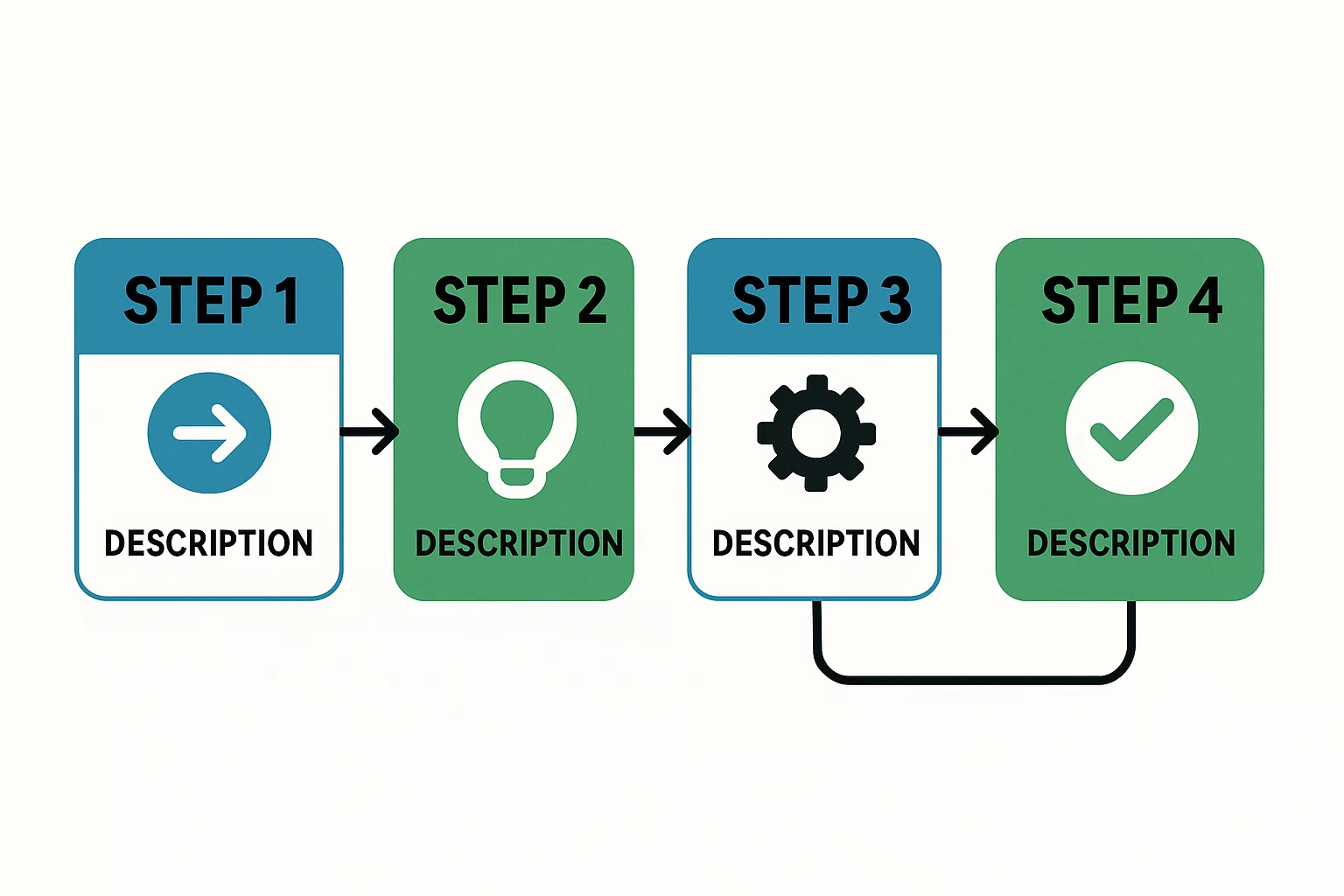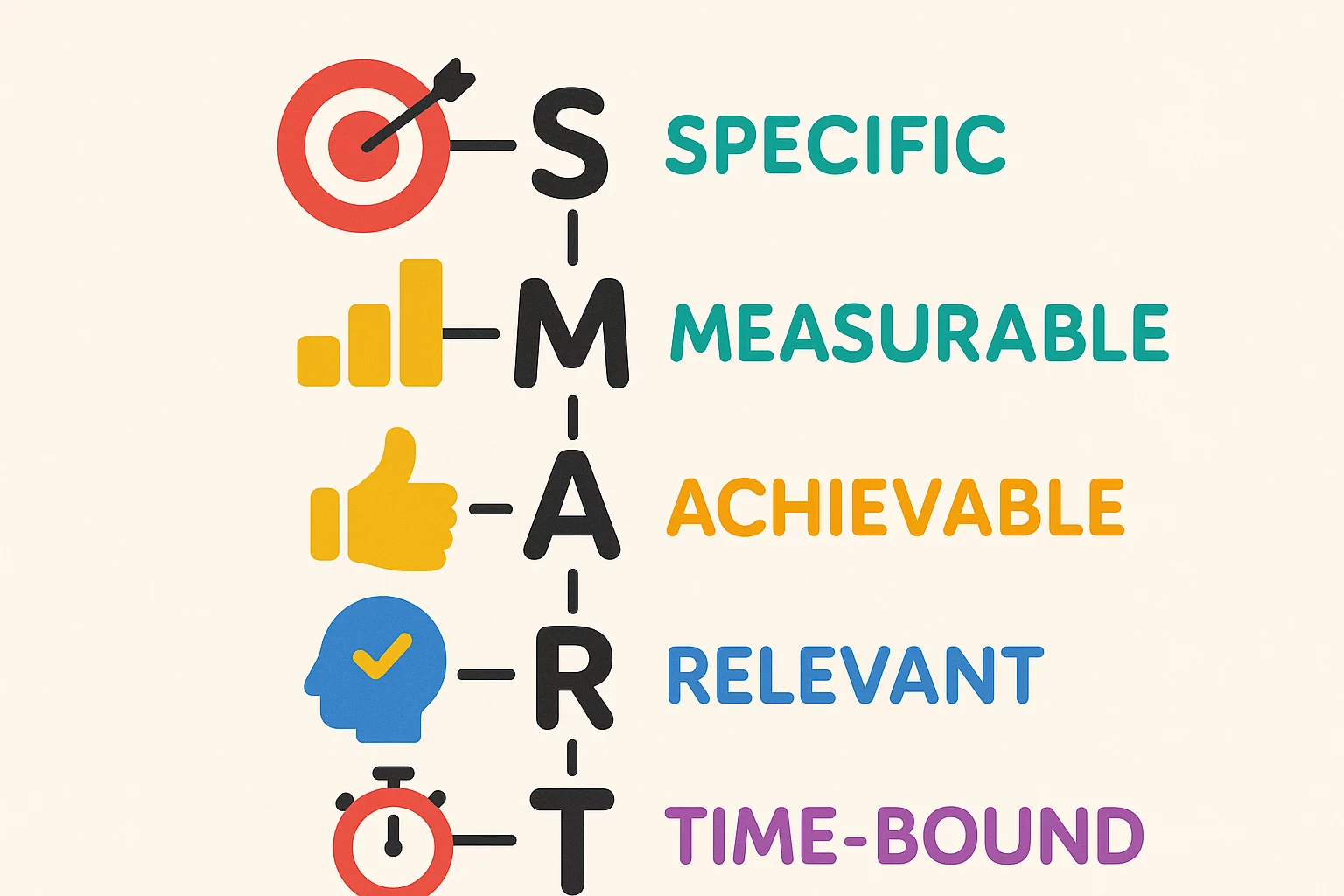Imagine a state-of-the-art solar production line, a marvel of modern engineering where every component moves with precision and speed. Yet, a single, almost invisible micro-crack in a solar wafer can halt the entire process. That tiny fracture, multiplied thousands of times per day, can mean the difference between a profitable factory and a struggling one.
This challenge is becoming more acute as the solar industry pursues higher efficiency and lower costs. The foundational component—the silicon wafer—is becoming thinner and more fragile than ever before. Handling these advanced materials is no longer a simple matter of transportation; it’s a complex science demanding a new level of automation.
The Shift in Solar Manufacturing: Thinner, Faster, More Fragile
The relentless drive for greater energy output has led to remarkable innovations in cell technology, such as TOPCon (Tunnel Oxide Passivated Contact) and HJT (Heterojunction). These advanced architectures can convert more sunlight into electricity, but they also introduce a new set of manufacturing requirements.
To reduce material costs and improve performance, wafer thickness has decreased dramatically—from 180 μm down to 120 μm, with a clear path toward 100 μm. A wafer this thin is incredibly delicate, and the complex, sensitive layers of TOPCon and HJT cells are easily damaged by conventional handling methods.
This raises a fundamental challenge: How do you move something as fragile as an eggshell at high speeds, 24 hours a day, without causing damage that compromises both quality and yield? The answer lies in specialized automation.

The Hidden Cost of Breakage
On a factory balance sheet, a broken wafer may seem like a minor material loss. But its true cost is far greater. Each breakage event can lead to:
- Reduced Yield: The most direct impact. Fewer finished cells mean lower output and revenue.
- Line Stoppages: A single shattered wafer can contaminate sensitive equipment, forcing a production halt for cleaning and recalibration.
- Invisible Damage: Even more dangerous are the micro-cracks that go undetected. These flaws can develop into full-blown defects after the final module is assembled and installed, leading to field failures and warranty claims.
For a modern solar factory, the breakage rate is a critical key performance indicator (KPI). Even a 1% improvement in yield can translate into hundreds of thousands of dollars in annual revenue.
The Solution: Specialized Automation and Non-Contact Handling
Traditional robotic systems, which often rely on mechanical or vacuum suction grippers, can no longer meet the demands of next-generation cells. The physical pressure they exert creates stress points, leading directly to the micro-cracks that plague modern production.
The Rise of Non-Contact Technology
To solve this problem, advanced manufacturing lines now rely on non-contact handling systems. Using principles like the Bernoulli effect, these robotic grippers lift and transport wafers on a cushion of air. The wafer floats, never making direct, forceful contact with a solid surface.
This gentle approach isn’t a luxury; it’s a necessity. It eliminates the primary source of handling-related stress, preserving the integrity of the ultra-thin silicon and its sensitive surface layers. The result is a drastically lower breakage rate and a higher yield of top-quality cells.

Precision Robotics for a Delicate Process
Beyond the gripper technology, the robotic arms themselves must be engineered for smoother, more controlled movements. Abrupt acceleration or deceleration can induce stress in the wafer, even without direct contact. Modern automation systems are programmed with sophisticated motion profiles that ensure gentle handling at every stage, from unloading a cassette to placing the cell perfectly for the next process step.
This level of integration and precision is the hallmark of a thoughtfully designed turnkey PV production line, where every component is optimized to work in harmony.
Building a Resilient Production Line: What to Look For
When planning an investment in a solar module factory, the automation strategy should be a central part of the conversation. The decisions made here will directly influence the facility’s long-term profitability and competitiveness.
Key questions to ask any equipment partner include:
- Handling Philosophy: Does the proposed line use non-contact handling for all critical transfer points?
- Seamless Integration: How are the various process machines connected? Is the transfer between them automated and gentle, or does it introduce risk?
- Future-Proof Design: Is the system capable of handling the 120 μm wafers of today and the 100 μm wafers of tomorrow? A new factory must be built for the future, not just for current standards.
- Process Control: Does the system provide real-time data on breakage and yield? The ability to quickly identify and resolve issues is crucial for maintaining operational excellence.

Frequently Asked Questions (FAQ)
What is considered a ‘thin’ wafer today?
The industry standard is rapidly moving towards 120 μm and even 100 μm for high-efficiency cells. This is a significant reduction from the 160-180 μm wafers that were common just a few years ago.
Are TOPCon and HJT cells really that different to handle?
Yes. Their multi-layered structures and sensitive surface coatings are far more susceptible to pressure and contamination than older cell types like PERC. Non-contact handling is essential to avoid damage and achieve high yields with these advanced architectures.
Can I upgrade my old production line with new automation?
While some specific upgrades may be possible, integrating advanced, non-contact handling into a line designed with older technology can be complex and may not yield optimal results. A fully integrated system, where each machine and transfer point is designed for thin wafers from the start, consistently delivers superior reliability and lower breakage rates.
How much does advanced automation affect the final cost of a solar module?
Advanced automation requires a significant upfront investment, but it delivers a powerful return by minimizing wafer breakage, maximizing factory yield, and ensuring consistent, high-quality output. Over the lifetime of the factory, these operational savings lead to a lower, more competitive cost-per-watt.
Your Partner in Advanced Solar Manufacturing
Choosing the right automation is one of the most critical decisions you will make when establishing a solar module factory. This decision shapes your production capacity, your operational efficiency, and your ability to compete in a rapidly evolving market.
This is not a challenge you should have to face alone. A true manufacturing partner brings the experience needed to design a robust, future-proof system tailored to your specific goals. Our philosophy is built on decades of real-world engineering and a commitment to our clients’ success. We invite you to learn more about The J.v.G. Way.
The future of solar energy will be built on thinner, more powerful cells. The factories that succeed will be those that are engineered from the ground up to handle them with the care and precision they demand.
Planning a project or have questions about the technology required for your vision? Let’s discuss how we can bring your factory to life.
Contact us.
